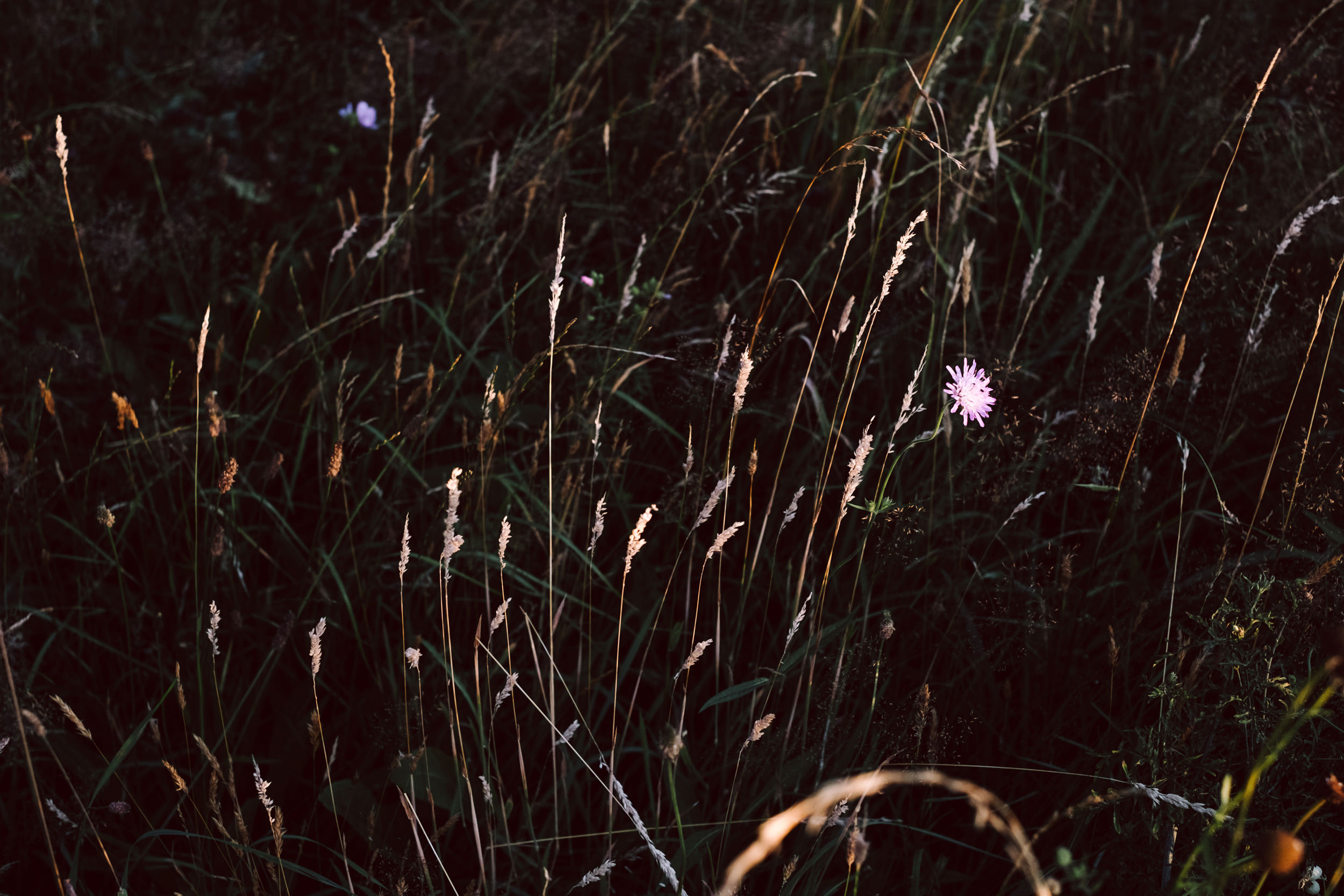Sep 2023
With the mowing of our wildflower meadows at the latest, the farewell to summer becomes very clear. We proceed in sections over several weeks so that the creatures in the meadows do not suddenly lose their livelihoods, but can move on. The mown material is left to dry for a few days. Meanwhile, all the little animals can crawl out and ripe seeds can fall into the meadow to become even more flowers. Then we clear away the dried mown material, the hay, in order to continue to poor the soil. The poorer the soil, the more species-rich the meadow flowers. This year, for the first time in 3 years, the area between our house and the barn is as rich in various native wildflowers as we had dreamed. We did the first mowing very early in May, instead of waiting until the daisies were in bloom, because the grasses were too dense due to the nutrient-rich soil. After that, the grasses were clearly slowed down in their growth and instead new wildflowers kept appearing. After a carpet of daisies and red clover, the flowers of meadow-head, bedstraw, cuckoo carnation, musk mallow, ribwort, scabious, glueweed, bird's vetch, wild carrot, yarrow, knapweed and Carthusian carnation appeared.













